Home>Gardening & Outdoor>Landscaping Ideas>How To Make Wheatgrass
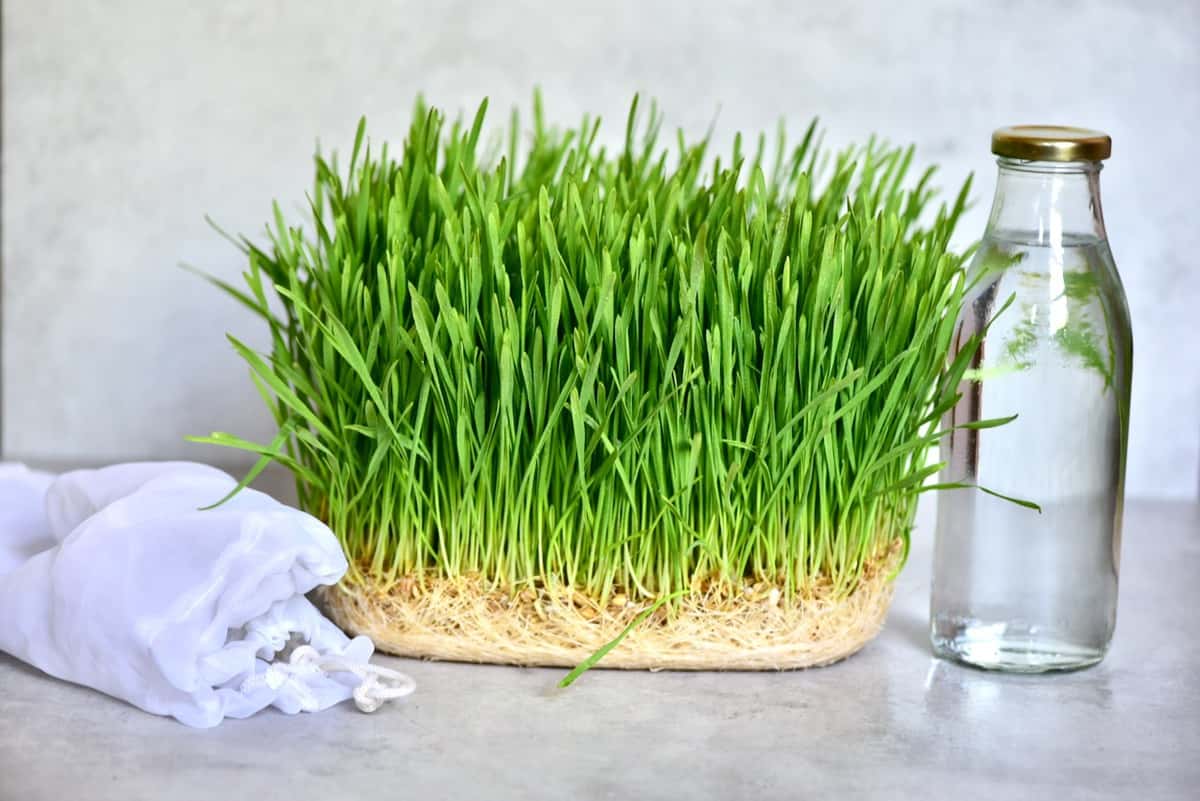

Landscaping Ideas
How To Make Wheatgrass
Modified: September 1, 2024
Learn how to make wheatgrass with our comprehensive guide. Discover landscaping ideas and tips for growing wheatgrass at home. Start your wheatgrass journey today!
(Many of the links in this article redirect to a specific reviewed product. Your purchase of these products through affiliate links helps to generate commission for Storables.com, at no extra cost. Learn more)
Introduction
Welcome to the wonderful world of wheatgrass! Whether you’re a health enthusiast, a gardening aficionado, or a culinary explorer, the journey of wheatgrass offers a myriad of benefits and opportunities for creativity. In this comprehensive guide, we will delve into the multifaceted realm of wheatgrass, exploring its cultivation, harvesting, juicing, storage, and culinary applications. By the end of this article, you’ll be equipped with the knowledge and inspiration to embark on your own wheatgrass adventure. So, let’s roll up our sleeves and discover the wonders of wheatgrass together!
Key Takeaways:
- Cultivating wheatgrass at home is easy and rewarding, offering a nutrient-dense superfood for juicing and culinary creations, promoting wellness and vitality.
- Harvested wheatgrass can be stored in the refrigerator for 7-10 days, maintaining its freshness and vibrant green color for maximum nutritional benefits.
Read more: What Is Wheatgrass For
Benefits of Wheatgrass
Wheatgrass, the young grass of the wheat plant, is revered for its abundant health benefits. Packed with essential vitamins, minerals, and enzymes, wheatgrass is a potent superfood that offers a wide array of advantages for overall well-being.
Here are some of the remarkable benefits of incorporating wheatgrass into your lifestyle:
- Nutrient Powerhouse: Wheatgrass is a rich source of vitamins A, C, and E, as well as iron, calcium, magnesium, and amino acids, making it a nutritional powerhouse that supports overall health and vitality.
- Detoxification and Cleansing: Known for its detoxifying properties, wheatgrass aids in purifying the body by neutralizing toxins and supporting liver function, promoting a healthy and vibrant internal ecosystem.
- Immune System Support: The abundance of vitamins and antioxidants in wheatgrass helps fortify the immune system, enhancing the body’s natural defenses against infections and diseases.
- Alkalizing Properties: Wheatgrass possesses alkalizing effects, which can help balance the body’s pH levels and counteract the acidic nature of many modern diets, promoting optimal health.
- Digestive Health: The high fiber content in wheatgrass supports digestive health, aiding in regularity and promoting a healthy gut environment.
- Energy and Endurance: Consuming wheatgrass can boost energy levels and enhance endurance, making it a popular choice among athletes and fitness enthusiasts.
- Healthy Skin and Hair: The abundance of nutrients in wheatgrass contributes to healthy skin, hair, and nails, promoting a radiant and youthful appearance.
These are just a few of the many benefits that wheatgrass has to offer, making it a valuable addition to a balanced and health-conscious lifestyle.
Growing Wheatgrass
Growing your own wheatgrass at home is a rewarding and straightforward process that allows you to enjoy a fresh and abundant supply of this nutrient-dense superfood. Here’s a step-by-step guide to cultivating vibrant wheatgrass in the comfort of your own space:
- Choose Quality Seeds: Start by selecting high-quality wheatgrass seeds from a reputable source. Organic, untreated seeds are ideal for ensuring the best results.
- Prepare the Planting Tray: Use a shallow tray or container with drainage holes to plant the seeds. Fill the tray with a nutrient-rich growing medium, such as organic potting soil or a specialized wheatgrass growing medium.
- Planting the Seeds: Evenly spread a layer of seeds over the prepared soil, ensuring thorough coverage without overcrowding. Gently press the seeds into the soil and water lightly.
- Provide Adequate Water and Light: Keep the soil consistently moist, but avoid overwatering, as excessive moisture can lead to mold growth. Place the planting tray in a well-lit area, but avoid direct sunlight, as this can scorch the delicate young shoots.
- Monitor Growth and Maintenance: As the wheatgrass begins to sprout, continue to water it gently and ensure proper air circulation around the plants. Regularly inspect the tray for any signs of mold or mildew, and address any issues promptly.
- Harvesting Time: After about 7-10 days, when the wheatgrass reaches a height of 6-8 inches and develops a vibrant green color, it is ready for harvesting.
By following these simple steps, you can cultivate lush trays of wheatgrass right in your own home, providing a convenient and sustainable source of this exceptional superfood.
Harvesting Wheatgrass
Harvesting wheatgrass at the peak of its vitality ensures that you capture the maximum nutritional benefits and vibrant flavors. When the wheatgrass reaches a height of 6-8 inches and displays a rich green hue, it’s time to initiate the harvesting process. Here’s how to harvest wheatgrass with care and precision:
- Cut at the Base: Using clean, sharp scissors or a clean utility knife, carefully cut the wheatgrass just above the soil level. Ensure a clean, even cut to promote healthy regrowth for subsequent harvests.
- Handle with Care: Gently gather the cut wheatgrass, taking care to avoid damaging the delicate blades. Treat the harvested wheatgrass with attentiveness to maintain its pristine quality.
- Timing is Key: Aim to harvest the wheatgrass when it is at its peak freshness, typically around 7-10 days after planting, depending on the growing conditions and the desired height of the grass.
- Repeat Harvests: After the initial harvest, wheatgrass often regenerates and produces subsequent growth. With proper care and maintenance, you can enjoy multiple harvests from a single planting, maximizing the yield of this nutrient-rich superfood.
By adhering to these harvesting practices, you can ensure that your freshly harvested wheatgrass retains its optimal flavor, nutritional potency, and vibrant appearance, ready to be transformed into nourishing juices and culinary delights.
When growing wheatgrass, make sure to keep the seeds moist but not waterlogged. Also, provide plenty of indirect sunlight and ensure good air circulation to prevent mold growth.
Juicing Wheatgrass
Juicing wheatgrass is a delightful and popular way to unlock the potent nutritional benefits and vibrant flavors of this superfood. Whether enjoyed on its own or combined with other fresh juices, wheatgrass juice offers a refreshing and invigorating experience. Here’s a guide to juicing wheatgrass with ease and creativity:
- Preparation: Thoroughly rinse the harvested wheatgrass to remove any debris or impurities. Pat the wheatgrass dry with a clean towel or allow it to air-dry briefly.
- Choosing a Juicer: Use a specialized wheatgrass juicer or a masticating juicer with a wheatgrass attachment for optimal results. These juicers are designed to effectively extract the juice from the fibrous wheatgrass, yielding a vibrant and nutrient-rich elixir.
- Juicing Process: Bundle the prepared wheatgrass into manageable portions and feed them into the juicer, following the manufacturer’s guidelines for your specific juicing equipment. Slowly extract the juice, savoring the vibrant green liquid as it emerges.
- Enhancements and Combinations: For a delightful twist, consider blending the wheatgrass juice with other fresh juices, such as apple, cucumber, lemon, or ginger, to create unique flavor profiles and enhance the overall juicing experience.
- Serving and Enjoyment: Pour the freshly extracted wheatgrass juice into a chilled glass, and savor the invigorating flavors and nourishing properties of this vibrant elixir. Consider adding a spritz of lemon or a dash of ginger for an extra burst of zest.
By embracing the art of juicing wheatgrass, you can elevate your wellness routine with a burst of fresh vitality and a delightful infusion of essential nutrients.
Read more: How To Juice Wheatgrass With A Juicer
Storing Wheatgrass
Proper storage methods are essential for preserving the freshness and nutritional integrity of harvested wheatgrass. By following these guidelines, you can extend the shelf life of wheatgrass and ensure that it remains vibrant and potent for consumption:
- Refrigeration: After harvesting, promptly transfer the wheatgrass to a clean, airtight container or a resealable plastic bag. Store it in the refrigerator to maintain its freshness. Proper refrigeration helps slow down the degradation process and preserves the vibrant green color of the wheatgrass.
- Moisture Control: To prevent excess moisture buildup, line the storage container with a paper towel or a clean, dry cloth to absorb any residual moisture from the wheatgrass. Check the moisture levels periodically and replace the liner as needed.
- Optimal Timing: Consume the stored wheatgrass within 7-10 days for the best flavor and nutritional potency. Freshness is key to enjoying the full spectrum of benefits that wheatgrass has to offer.
- Reviving Wilted Wheatgrass: If the wheatgrass shows signs of wilting or loss of vibrancy, immerse the cut ends in cool water for a few minutes to revitalize the blades. Gently pat the wheatgrass dry before returning it to the storage container.
By adhering to these storage practices, you can uphold the quality and vitality of harvested wheatgrass, ensuring that it remains a vibrant and nourishing component of your health and wellness regimen.
Using Wheatgrass in Recipes
Wheatgrass adds a vibrant burst of nutrition and flavor to a wide range of culinary creations, from invigorating smoothies to savory dishes and delectable baked goods. Embracing the versatility of wheatgrass in your culinary endeavors opens the door to a world of innovative and nourishing recipes. Here are some delightful ways to incorporate wheatgrass into your culinary repertoire:
- Refreshing Wheatgrass Smoothie: Blend fresh wheatgrass juice with ripe bananas, creamy avocado, and a splash of coconut water for a revitalizing and nutrient-packed smoothie. Add a hint of honey or a sprinkle of cinnamon for an extra touch of sweetness and warmth.
- Vibrant Green Salads: Toss freshly chopped wheatgrass into vibrant green salads for an infusion of fresh flavor and a boost of essential nutrients. Pair it with crisp cucumber, juicy cherry tomatoes, and a zesty citrus vinaigrette for a refreshing and healthful salad experience.
- Wholesome Wheatgrass Pesto: Elevate traditional pesto by incorporating fresh wheatgrass into the recipe. Blend vibrant wheatgrass with fragrant basil, toasted pine nuts, garlic, and Parmesan cheese for a vibrant and nutrient-rich pesto sauce that pairs beautifully with pasta, grilled vegetables, or as a flavorful dip.
- Nutrient-Packed Energy Bars: Infuse homemade energy bars with the vibrant green goodness of wheatgrass. Combine dates, nuts, seeds, and a touch of wheatgrass powder for a wholesome and energizing snack that provides a powerful nutritional boost on the go.
- Invigorating Wheatgrass Shots: For a quick and potent burst of nourishment, serve small shots of freshly squeezed wheatgrass juice alongside a slice of citrus for a refreshing and invigorating experience.
By integrating wheatgrass into an array of culinary creations, you can infuse your meals and snacks with an abundance of essential nutrients, vibrant flavors, and a touch of creative vitality.
Conclusion
Embarking on the journey of wheatgrass cultivation, juicing, and culinary exploration opens the door to a world of vibrant wellness and creative nourishment. From the abundant health benefits of this potent superfood to the joy of harvesting and savoring its vibrant flavors, wheatgrass offers a multifaceted experience that enriches both body and soul.
By growing your own wheatgrass, you can cultivate a sustainable and convenient source of this nutrient-dense superfood, ensuring a fresh supply for juicing, culinary experimentation, and holistic wellness. The process of nurturing wheatgrass from seed to vibrant green blades is a rewarding and empowering endeavor that connects you to the rhythms of nature and the vitality of fresh, homegrown nutrition.
As you explore the art of juicing wheatgrass, you unlock a treasure trove of invigorating elixirs that infuse your days with revitalizing energy and essential nutrients. Whether enjoyed on its own or blended with other fresh juices, wheatgrass juice becomes a vibrant cornerstone of your wellness routine, offering a burst of vitality and nourishment with each sip.
From the kitchen to the dining table, the versatility of wheatgrass shines through in an array of creative and nourishing recipes. Whether incorporated into vibrant smoothies, wholesome salads, or innovative pesto sauces, wheatgrass adds a vibrant touch of nutrition and flavor to your culinary creations, elevating your meals with its fresh and invigorating essence.
As you savor the benefits of wheatgrass, from its detoxifying properties to its immune-boosting qualities, you embrace a holistic approach to well-being that celebrates the abundance of nature’s gifts. With each lush harvest, each refreshing sip of juice, and each delightful culinary creation, you honor the vitality and nourishment that wheatgrass brings into your life.
So, as you continue your journey with wheatgrass, may you find joy in each vibrant blade, each revitalizing sip, and each nourishing bite, savoring the abundance of wellness and creativity that this exceptional superfood offers. Here’s to the vibrant world of wheatgrass, where vitality meets nourishment in a celebration of holistic well-being.
Frequently Asked Questions about How To Make Wheatgrass
Was this page helpful?
At Storables.com, we guarantee accurate and reliable information. Our content, validated by Expert Board Contributors, is crafted following stringent Editorial Policies. We're committed to providing you with well-researched, expert-backed insights for all your informational needs.
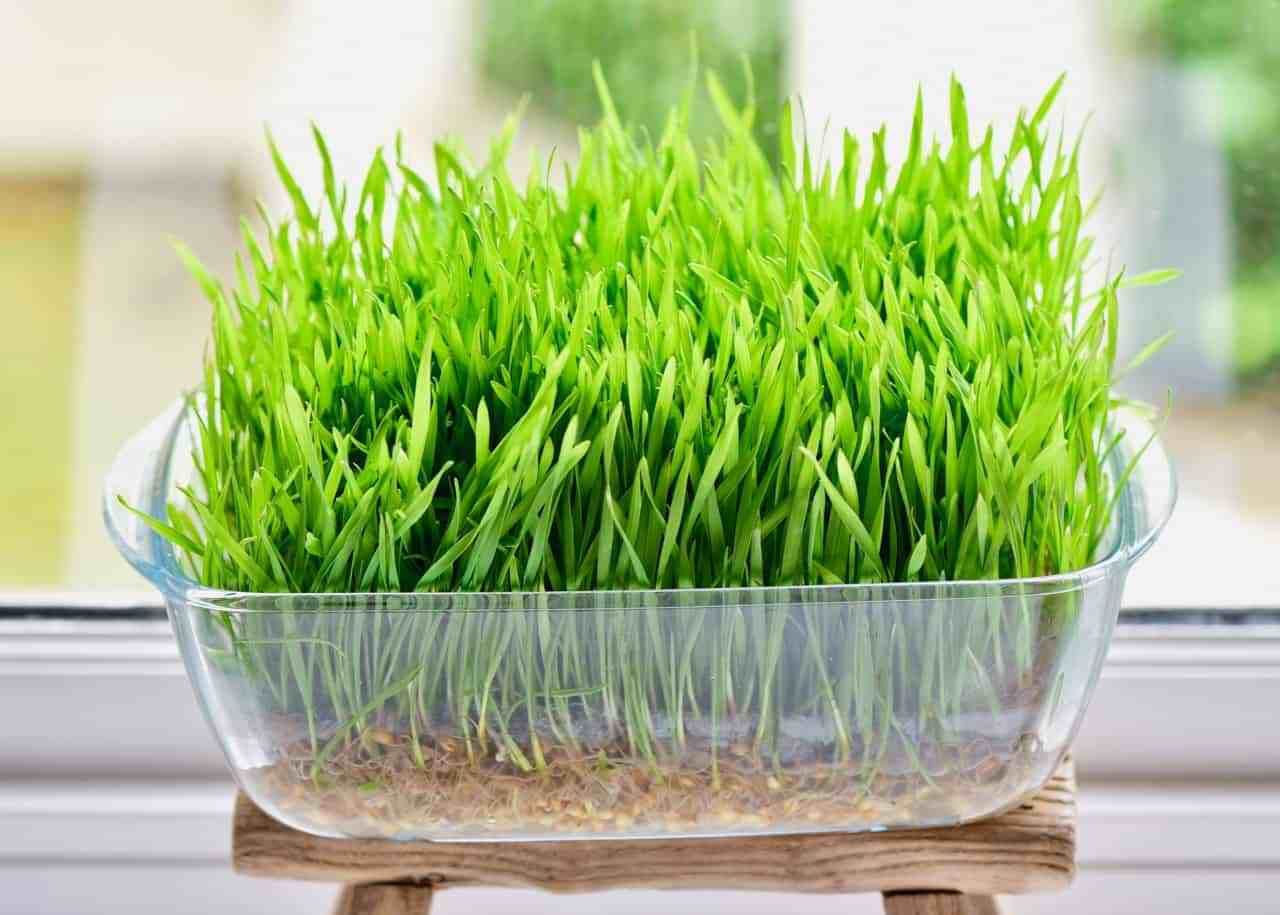
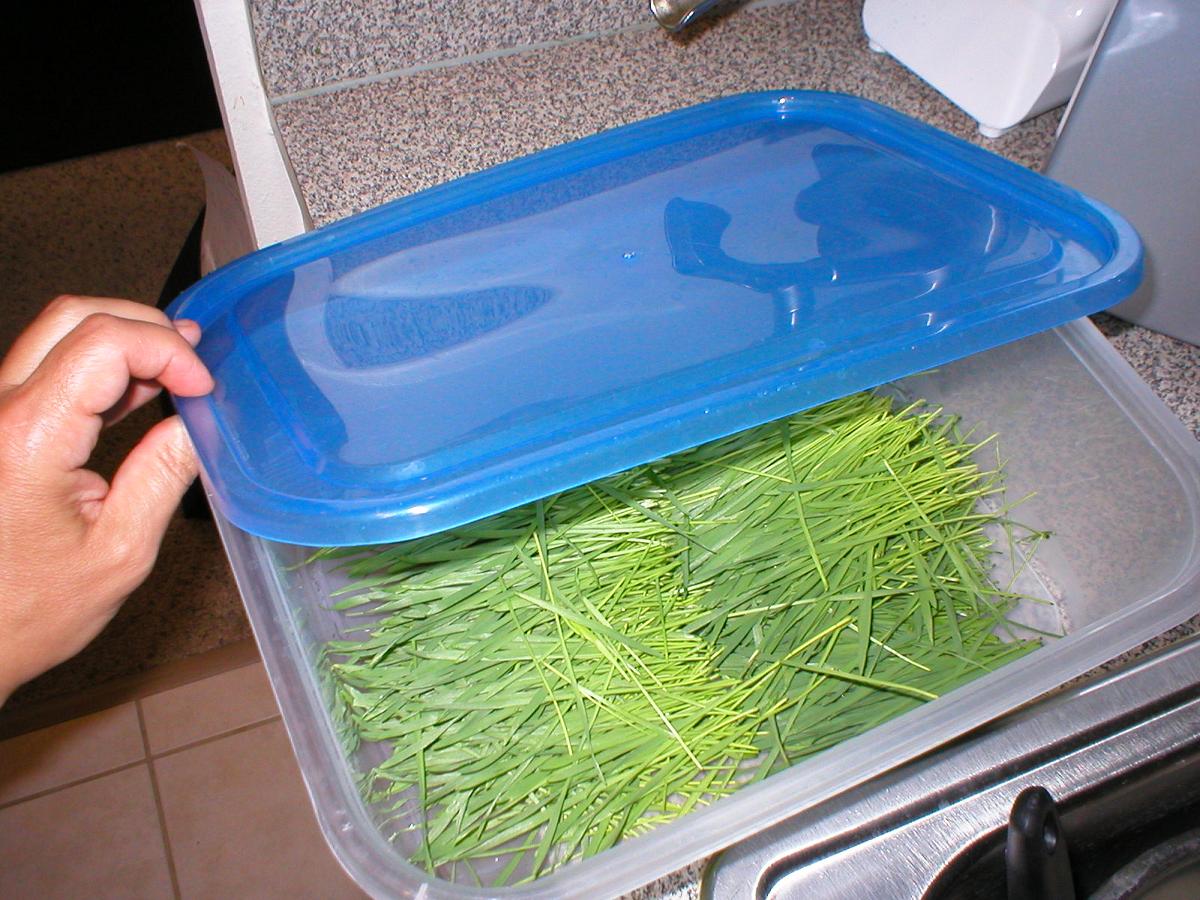
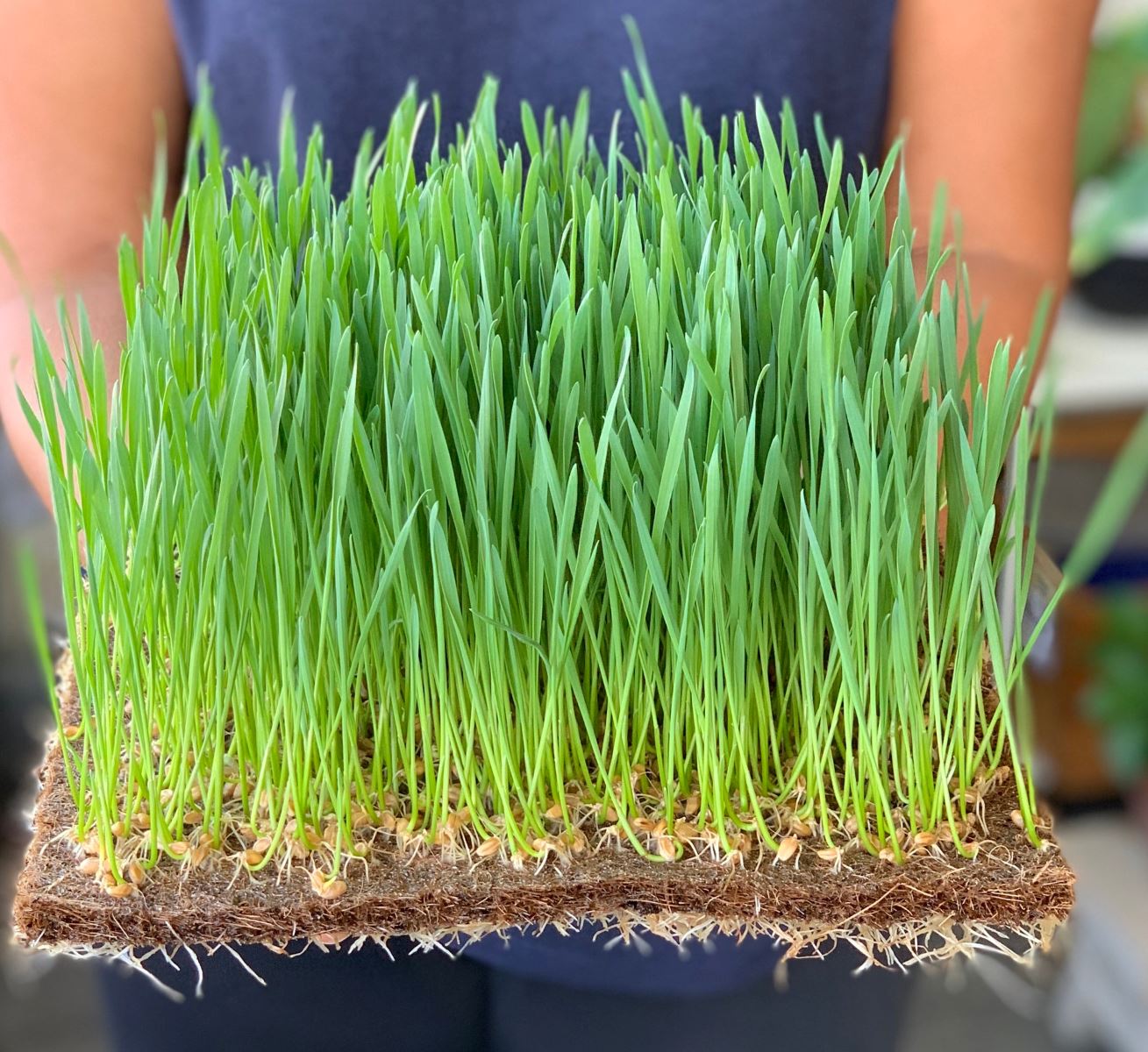
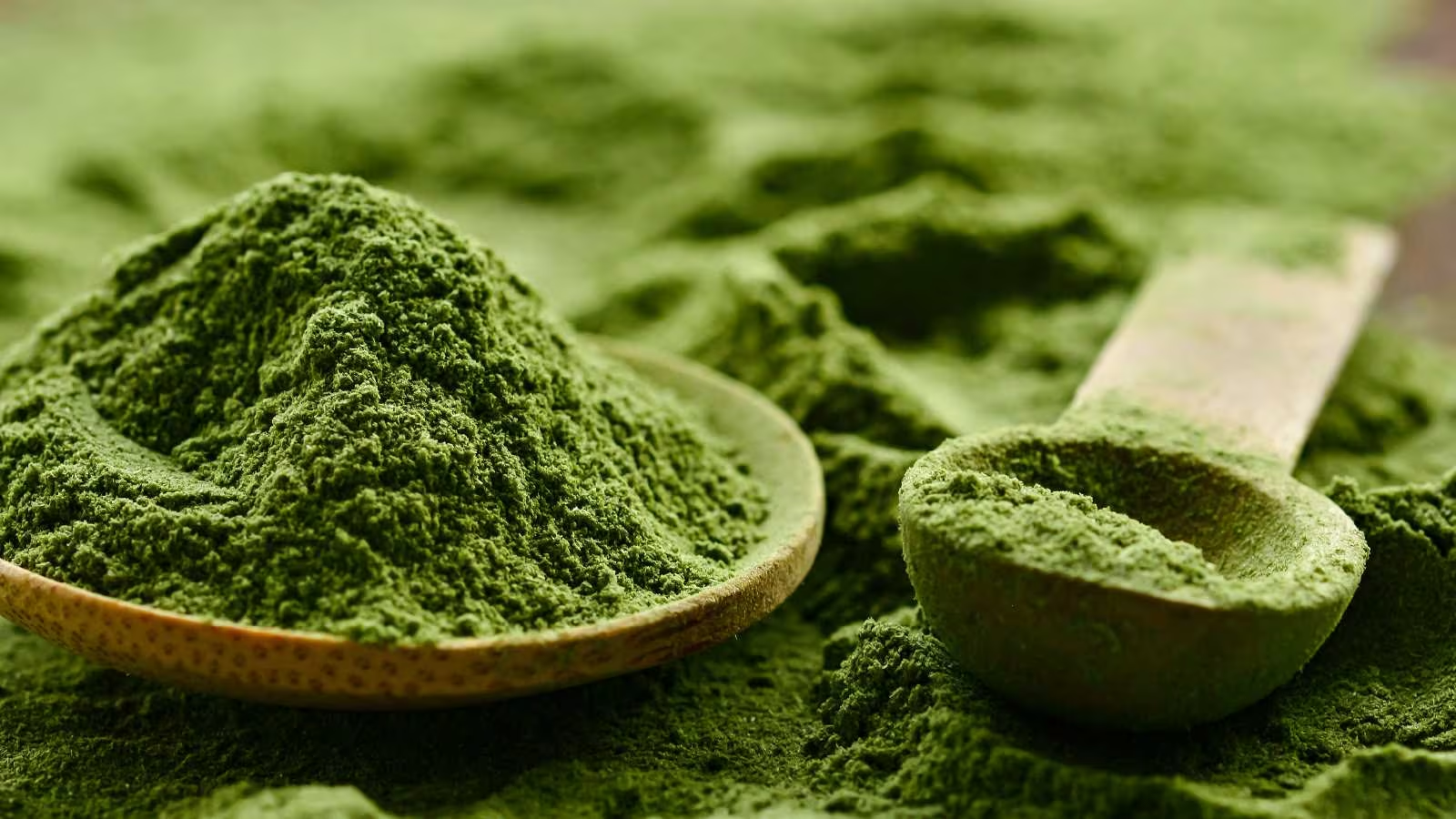
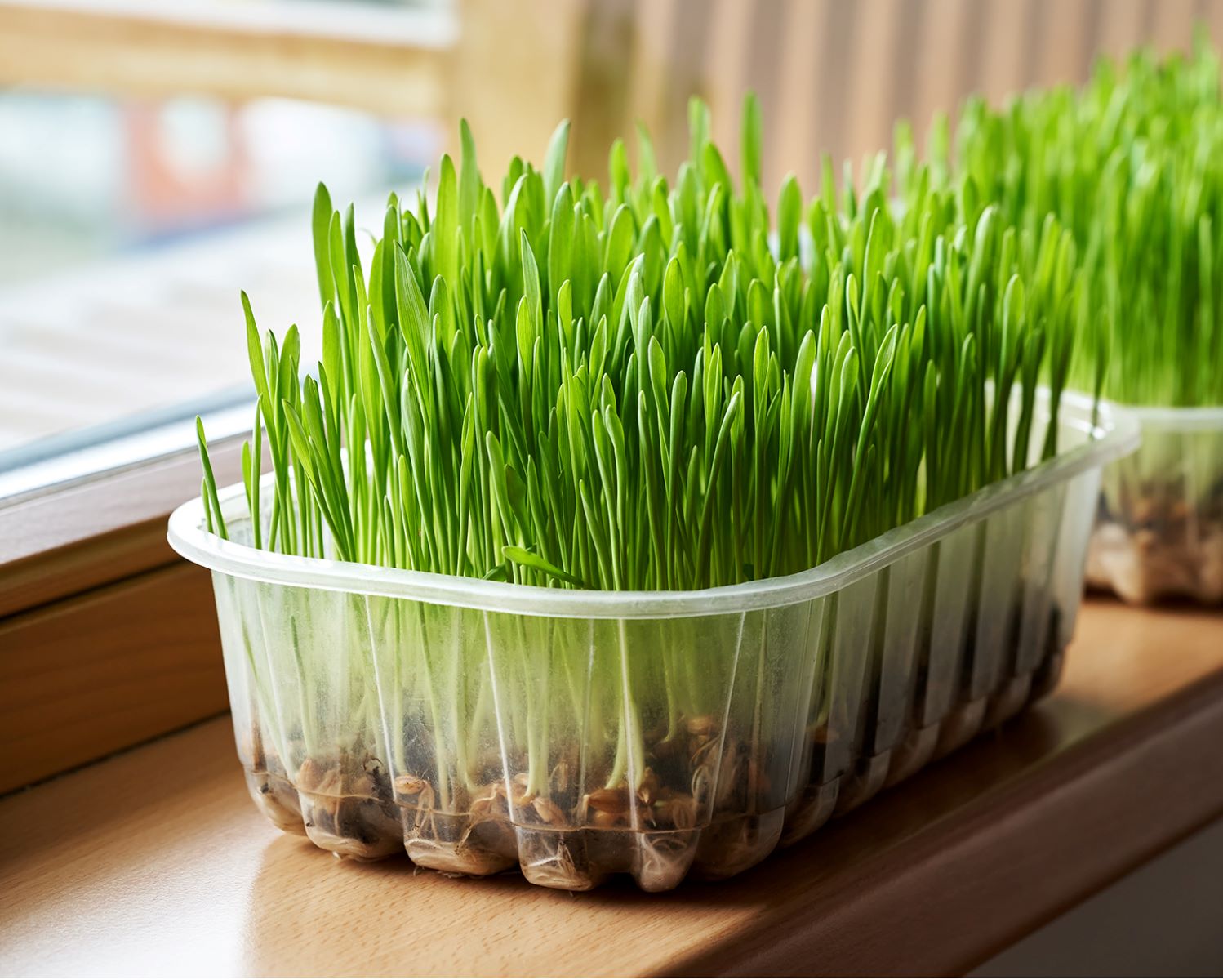
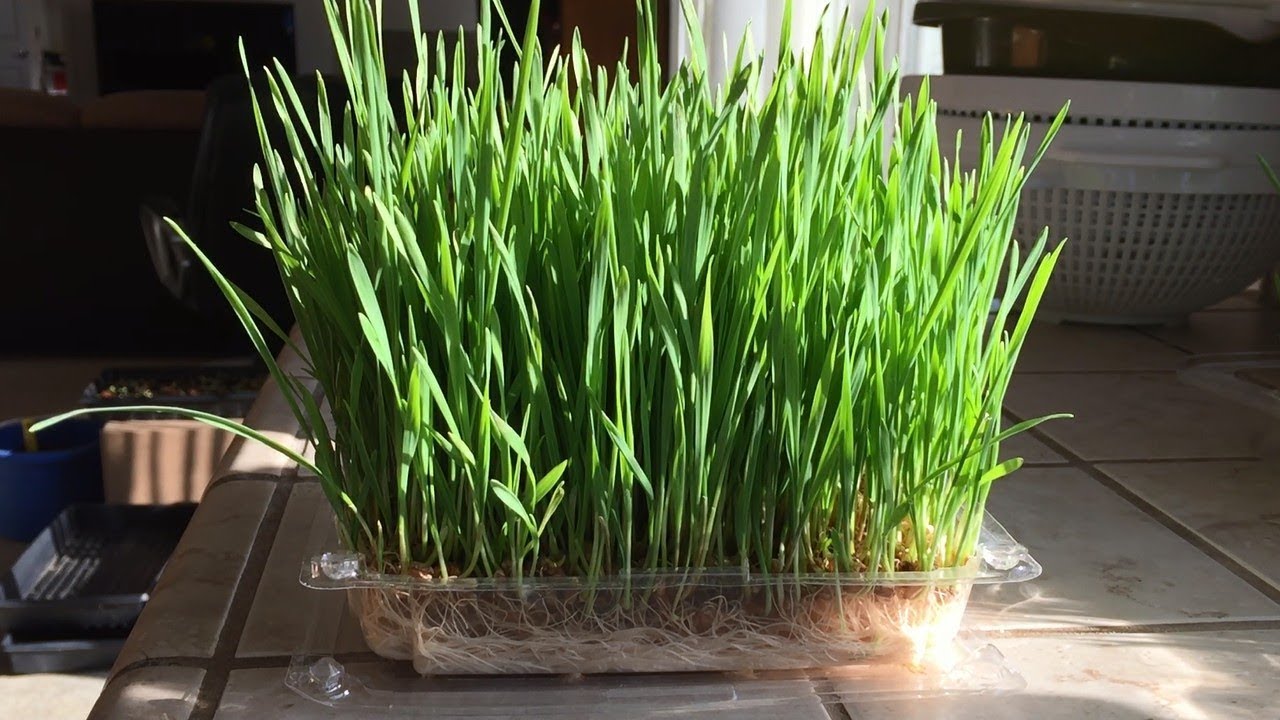

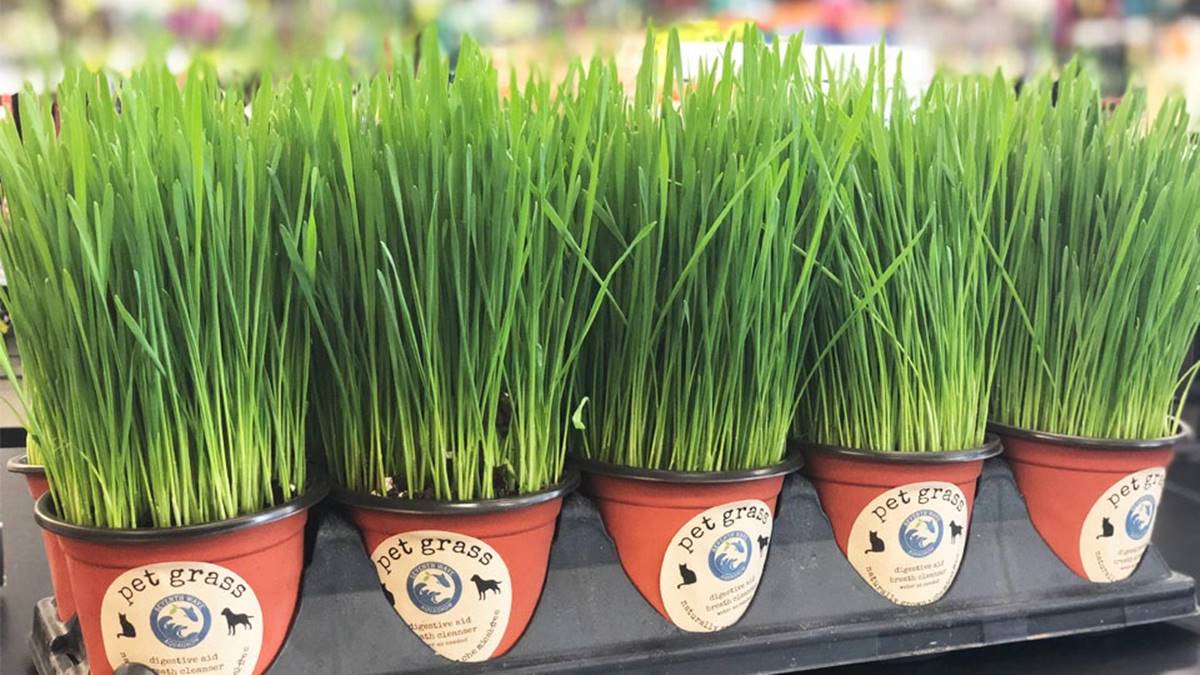
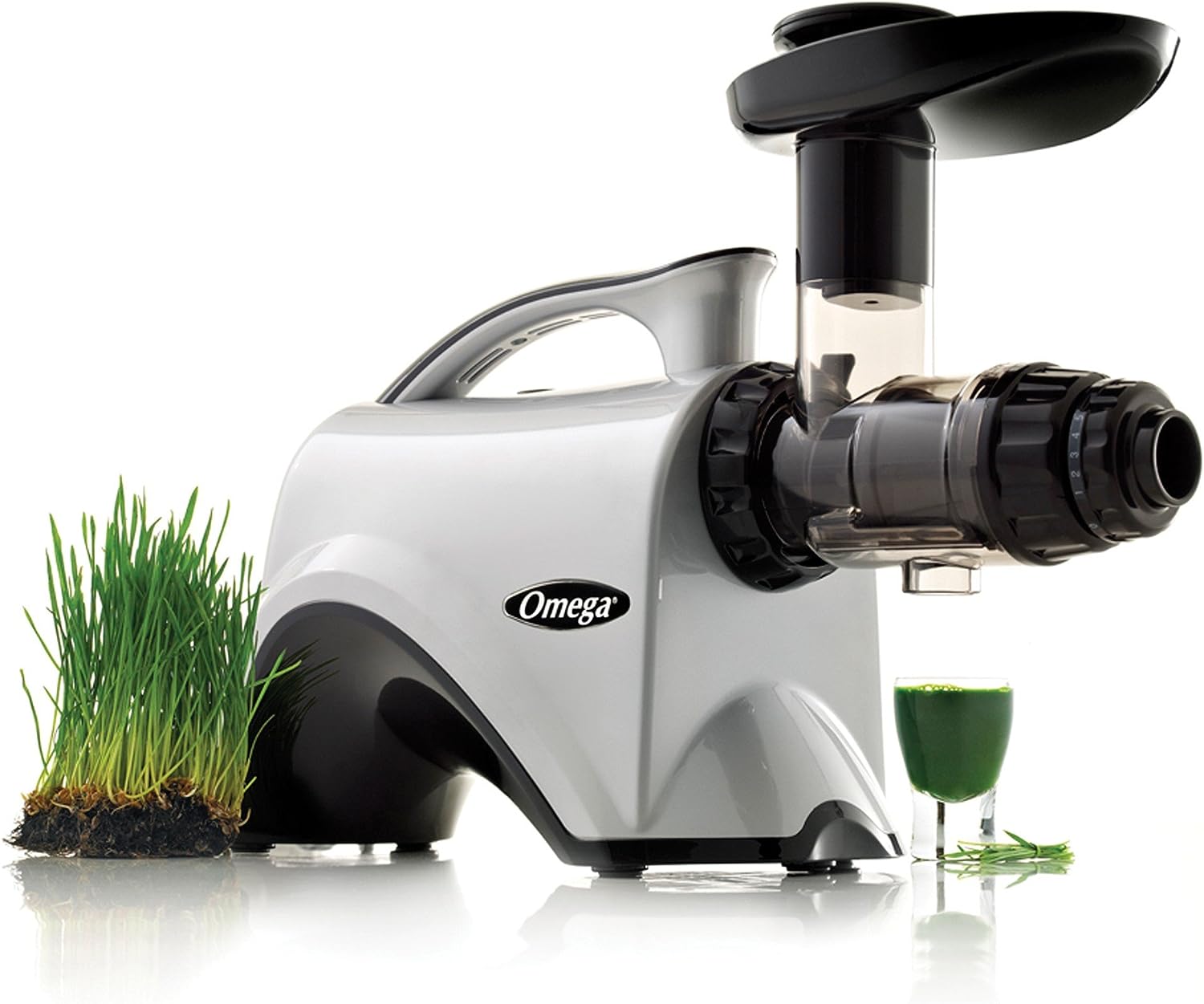
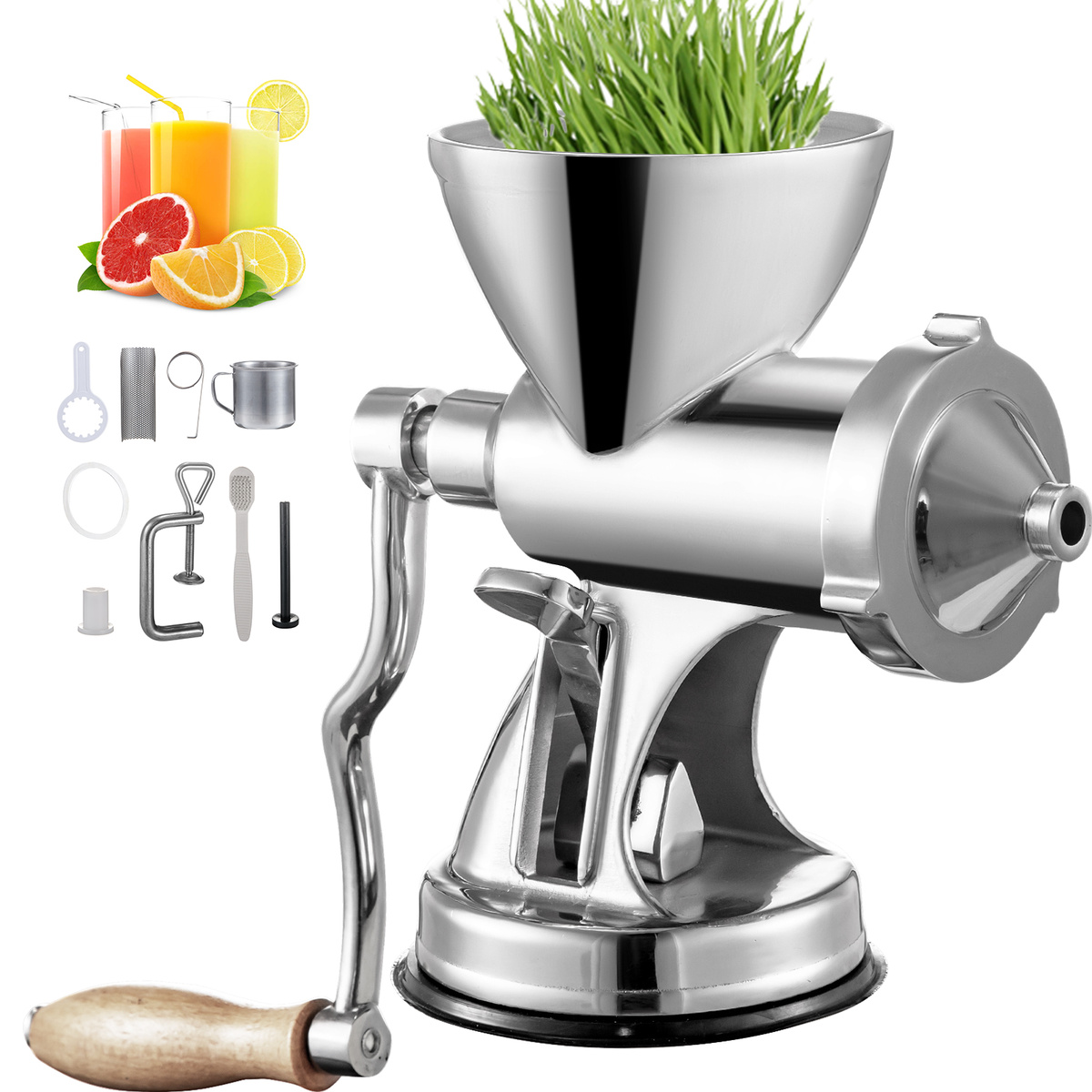
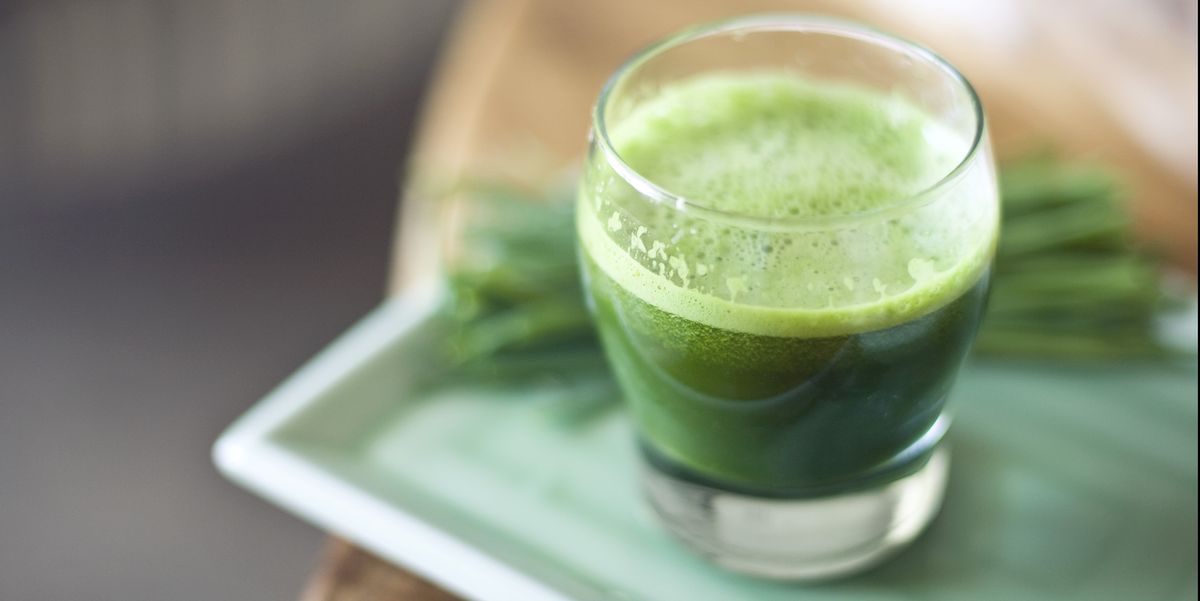




0 thoughts on “How To Make Wheatgrass”